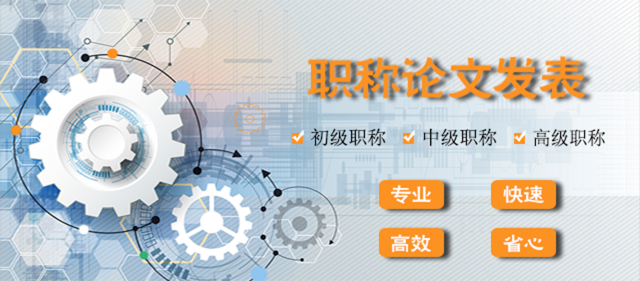Title: Methods for Translating Research Papers on Mechanics of Steel Structural Materials into English
Introduction:
With the rapid development of steel structure engineering, research papers on the mechanics of steel structural materials have become more prevalent. To disseminate this valuable knowledge to a wider audience and promote international collaboration, accurate and effective translation of such research papers into English is crucial. This article aims to provide detailed guidance on the methods to translate research papers on the mechanics of steel structural materials into English.
1. Understanding the Content:
Before beginning the translation process, it is essential to have a solid understanding of the content of the original paper. Familiarize yourself with the key concepts, terminologies, and theories related to steel structural materials and their mechanics. This understanding will help ensure accurate translation and minimize the risk of misinterpretation.
2. Maintain the Structure:
While translating, it is crucial to maintain the structure and organization of the original paper. Ensure that the translated version follows a similar flow and sequencing of information. Consistency in structure helps readers navigate the paper easily and comprehend the research effortlessly.
3. Terminology and Technical Vocabulary:
The translation of research papers on steel structural materials requires a thorough understanding of technical and specialized vocabulary. Create a glossary to document the translation of key terms, ensuring consistency throughout the paper. Utilize reliable dictionaries, technical glossaries, and other specialized resources to ensure precise translation of technical terms related to steel structure mechanics.
4. Clarity and Conciseness:
Maintaining clarity and conciseness is particularly important when translating research papers. Translated sentences should not only accurately represent the original content but also be formulated in a clear, coherent, and concise manner. Avoid complicated sentence structures, unnecessary repetitions, and ambiguity. Consider the target audience, ensuring that the translated work is accessible to readers with a wide range of English proficiency levels.
5. Style and Voice:
While translating, remain aware of the desired style and voice. Research papers often adopt a more formal tone, so aim to maintain the original style throughout the translation. Pay attention to the tone of the original text and reflect it appropriately in the translated version, ensuring the intended meaning and style are preserved.
6. Proofreading and Editing:
After completing the initial translation, thoroughly proofread and edit the translated paper. Check for grammatical errors, spelling mistakes, and inconsistencies. Compare the translated version with the original document to ensure accuracy and fidelity to the source material. Seek feedback from peer reviewers or native English speakers to identify any areas that require further improvement.
Conclusion:
Effectively translating research papers on the mechanics of steel structural materials into English promotes knowledge dissemination and enhances global collaboration in this field. By adhering to the methods discussed above, translators can ensure accurate, accessible, and high-quality translations, enabling researchers worldwide to benefit from the insights and advancements in the field of steel structural materials mechanics.


